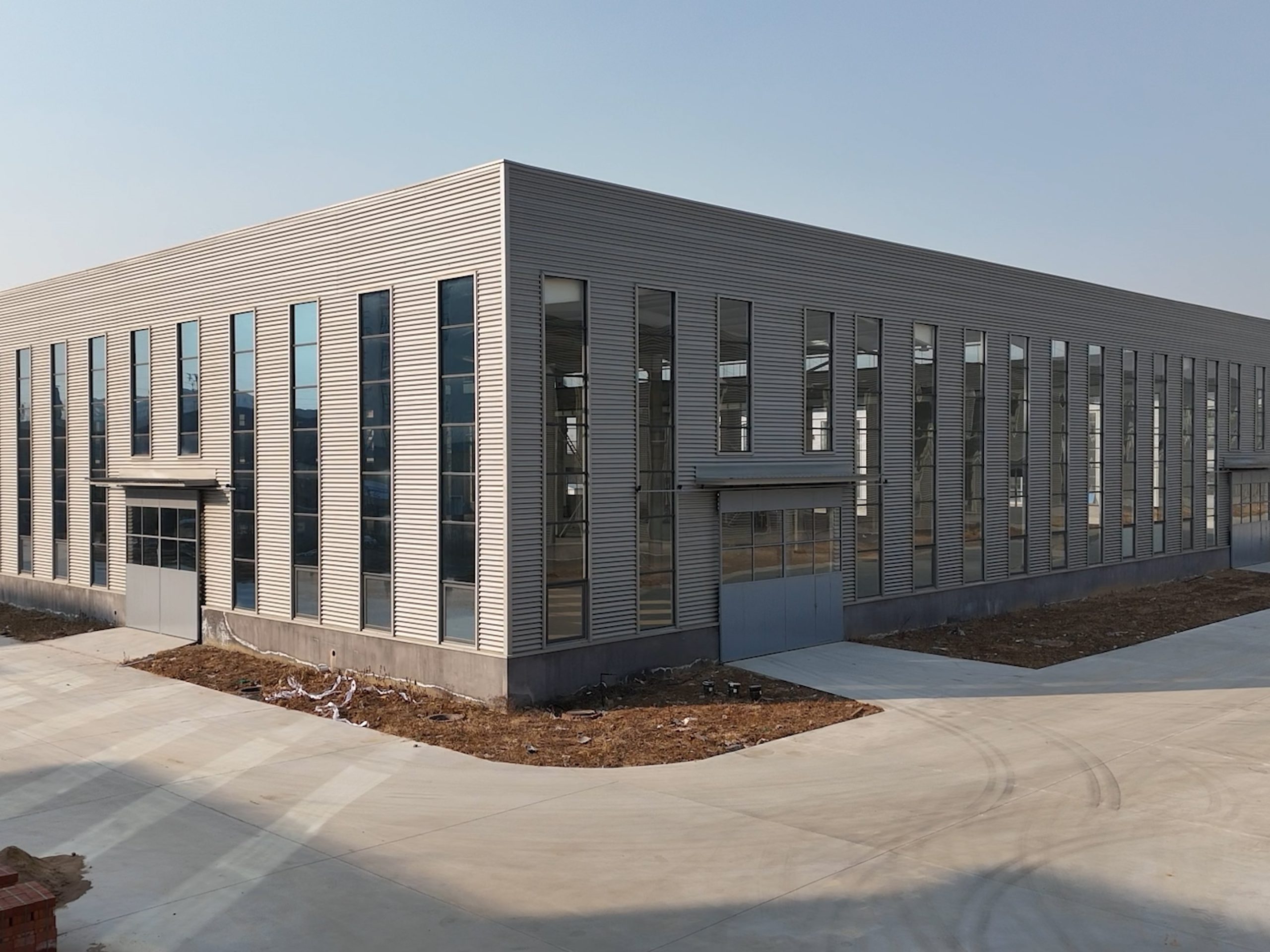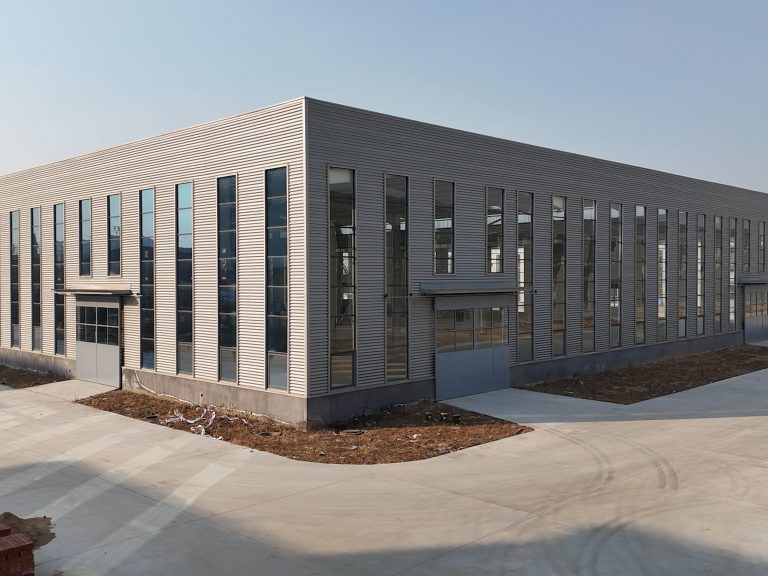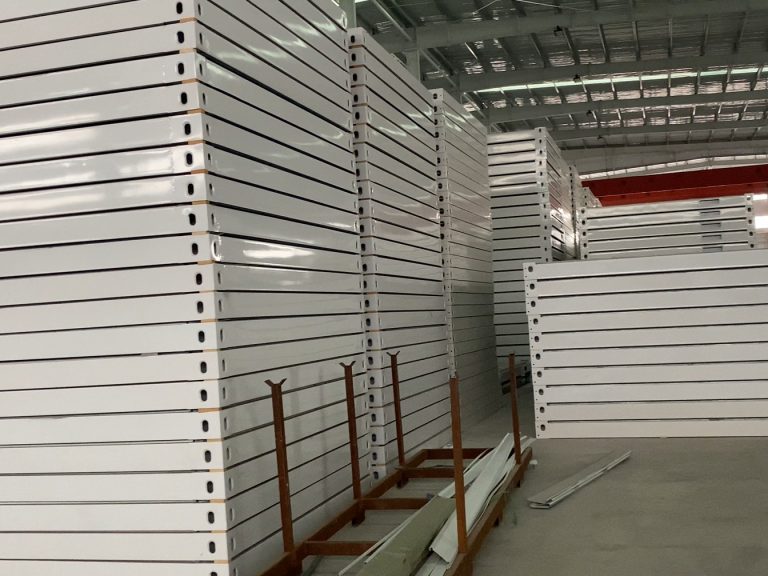Table of Contents
Benefits of Using Plastic Hinges in Steel Structures
Plastic hinges are a critical component in the design and application of steel structures. These hinges are designed to absorb energy and dissipate it in a controlled manner during seismic events, thereby protecting the overall integrity of the structure. By allowing for controlled deformation, plastic hinges help prevent catastrophic failure and ensure the safety of occupants in the event of an earthquake.
One of the key benefits of using plastic hinges in steel structures is their ability to provide ductility. Ductility refers to the ability of a material to deform plastically before reaching its ultimate strength. In the context of steel structures, ductility is crucial for absorbing the energy generated during seismic events. By allowing for controlled deformation, plastic hinges help prevent sudden and brittle failure, which can have devastating consequences.
Another benefit of using plastic hinges in steel structures is their ability to improve the overall performance of the structure. By dissipating energy in a controlled manner, plastic hinges help reduce the forces acting on the structure during a seismic event. This not only helps protect the structure from damage but also ensures that it remains functional after the event. In addition, plastic hinges can be designed to provide specific levels of ductility and energy dissipation, allowing for customized solutions that meet the unique requirements of each project.
Furthermore, plastic hinges are relatively easy to design and implement in steel structures. They can be incorporated into the design of beams, columns, and other structural elements, providing a cost-effective solution for enhancing the seismic performance of a building. In addition, plastic hinges can be easily replaced or repaired if damaged, ensuring the long-term durability of the structure.
In conclusion, the design and application of plastic hinges in steel structures offer numerous benefits, including improved ductility, enhanced performance, and ease of implementation. By allowing for controlled deformation and energy dissipation, plastic hinges help protect the integrity of the structure and ensure the safety of occupants during seismic events. With their cost-effective and customizable design, plastic hinges are an essential component of modern steel structures, providing a reliable and efficient solution for enhancing seismic performance.
Design Considerations for Plastic Hinges in Steel Structures
Plastic hinges play a crucial role in the design and performance of steel structures. These hinges are designed to absorb energy during seismic events, allowing the structure to deform in a controlled manner and dissipate the seismic forces. In this article, we will discuss the design considerations for plastic hinges in steel structures and their application in ensuring the safety and resilience of buildings.
One of the key considerations in designing plastic hinges is the material properties of the steel used in the structure. The steel must have sufficient ductility to allow for plastic deformation without fracturing. High-strength steel with good ductility is often used for this purpose, as it can withstand large deformations without losing its structural integrity. Additionally, the design of the plastic hinge must take into account the expected seismic forces that the structure will experience, ensuring that the hinge can deform sufficiently to dissipate these forces.

Another important consideration in the design of plastic hinges is their location within the structure. Plastic hinges are typically placed at the ends of beams or columns, where the maximum bending moments are expected to occur during a seismic event. By concentrating the plastic deformation at these locations, the rest of the structure can remain relatively undamaged, increasing its overall resilience. Additionally, the design of the plastic hinge must take into account the connections between the hinge and the rest of the structure, ensuring that they are strong enough to withstand the forces generated during deformation.
The geometry of the plastic hinge is also an important consideration in its design. The hinge must be designed to deform in a controlled manner, ensuring that the structure does not collapse suddenly during a seismic event. This often involves designing the hinge to have a specific shape or profile that allows for gradual deformation and energy dissipation. Additionally, the size of the hinge must be carefully calculated to ensure that it can absorb the expected seismic forces without failing.
In terms of application, plastic hinges are commonly used in the design of moment-resisting frames in steel structures. These frames are designed to resist lateral forces, such as those generated by earthquakes, by allowing for controlled plastic deformation in the beams and columns. By incorporating plastic hinges into the design of these frames, engineers can ensure that the structure remains stable and safe during a seismic event.
Overall, the design and application of plastic hinges in steel structures are crucial for ensuring the safety and resilience of buildings in seismic-prone areas. By carefully considering the material properties, location, geometry, and connections of the hinges, engineers can design structures that can withstand large seismic forces and protect the occupants inside. Plastic hinges play a vital role in the overall performance of steel structures, and their proper design and application are essential for creating buildings that can withstand the forces of nature.






